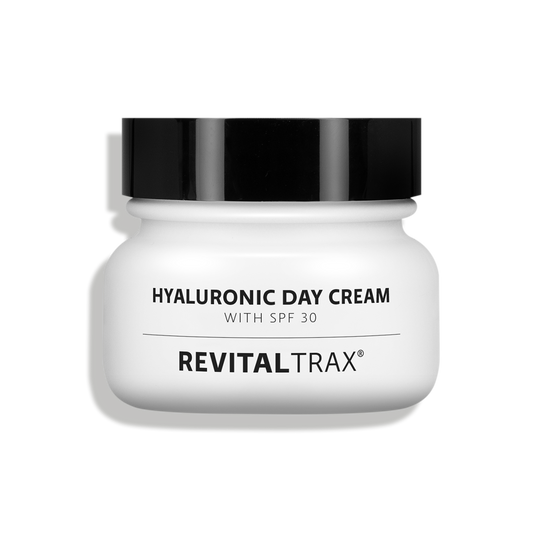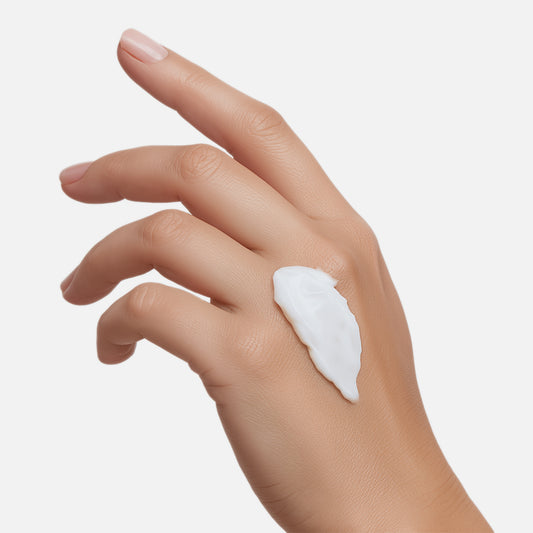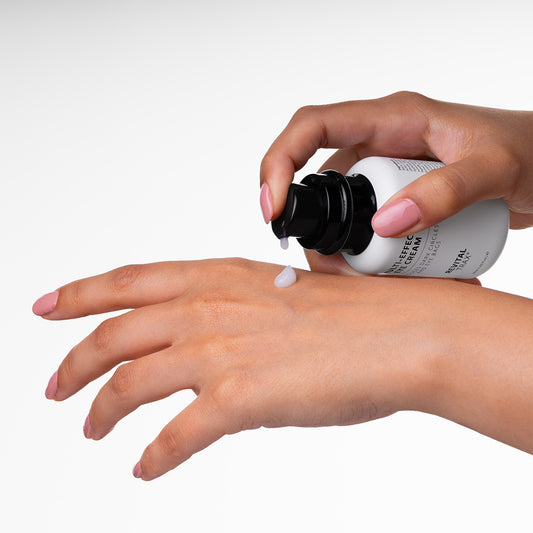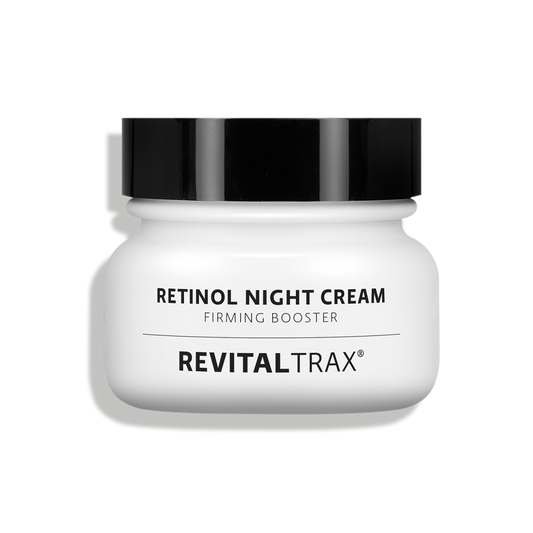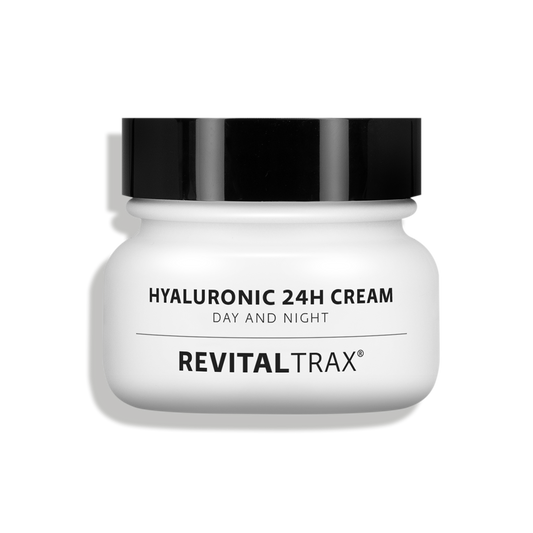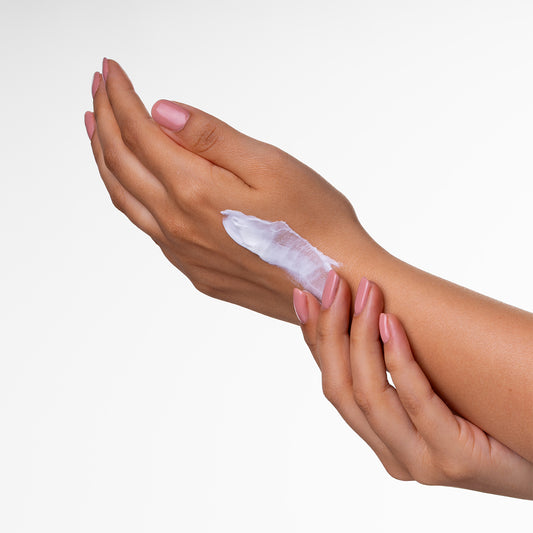What to do with Rosacea
Rosacea is a chronic skin condition. It usually occurs on the cheeks and nose, but sometimes on the forehead and chin. The skin condition usually occurs in women over the age of 30.
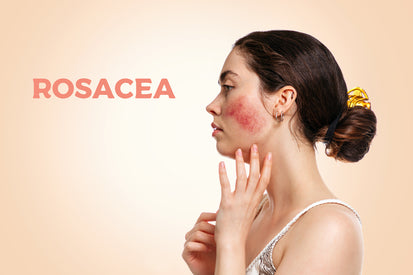
What is Rosacea?
Rosacea is a chronic skin condition of the face. It causes persistent redness, flushing, visible blood vessels, and, in some cases, bumps or pimples. It is usually on the cheeks and nose in a kind of butterfly shape, but it can also occur on the forehead and chin. The skin condition can resemble acne but usually occurs in women over the age of 30.
The cause of Rosacea
The actual cause of Rosacea is not fully known. Research does indicate that it may be related to genetics, immune system abnormalities, and environmental factors. There are a number of factors that trigger Rosacea and thus can affect the severity of symptoms. These are factors such as sunlight, stress, alcohol, diet, cosmetics, and skin care products. Rosacea can come on suddenly and worsen which can make it difficult to control.
The characteristics of Rosacea
When Rosacea begins, the skin may be sensitive and red. After promoting the condition, several symptoms may be added. The most common features of Rosacea are:
- Red spots
- Dilated blood vessels (Couperosis)
- Bumps
- Pimples
- Eye problems
Other features of Rosacea include a burning sensation and flare-ups of redness due to certrain factors.

What is Couperosis
Couperosis is a skin condition where there are burst blood vessels seen on the face, usually on the cheeks, nose, forehead, and chin. It is caused by weak or damaged blood vessels and thinning of the skin.
Couperosis is more common in people with lighter skin and can be caused by factors such as sun exposure, temperature changes, alcohol consumption, smoking, hormonal changes, and some medications. Couperosis is generally a harmless condition but can be perceived as cosmetically distracting.
Read all about couperosisWhat is the difference between Rosacea and Couperosis?
Rosacea and Couperosis are both skin conditions that are common on the face, but there is a difference between the two. With Couperosis, dilated red and blue veins appear on the face. With Rosacea, these symptoms can also occur, but it is usually combined with other symptoms such as red bumps, pus heads, and swelling. Thus, Rosacea often has multiple and/or more severe symptoms. Although the symptoms of Rosacea and Couperosis are similar, they are different conditions with different causes and treatments.
What to do against Rosacea?
There is no cure for Rosacea, but the symptoms can be treated. This can be done through a combination of lifestyle changes, proper skin care, and medication. A dermatologist can provide the most effective Rosacea treatment tailored to a person's specific situation.

What skincare steps can you use?
There are a number of steps you can take yourself to care for your skin:
- Use SPF daily to protect your face from UVA and UVB rays. Use at least SPF 15, but an SPF 30 is better.
- Avoid using soap on the face
- Cleanse your skin once to twice a day. Avoid scrubs.
- Soothe your skin with ingredients such as niacinamide, vitamin C and E.
- Use a moisturizer daily so your skin gets adequate nutrition.
- Use water-based cosmetics products such as foundation and concealer.
- Care for your eyes. Even if you don't suffer from eye problems
Rosacea skincare plan
The essential steps to soothe, reduce and prevent Rosacea:
Morning ritual
- Every morning, cleanse your skin with the Skin Cleanser with Tea Tree Oil.
- After cleansing, apply the Moisturizing Lotion to restore your skin's pH level.
- Use the 12% Vitamin C serum. Fill the pipette and empty it onto your palm. Then spread the serum onto your face and neck in upward strokes.
- Using your fingertips, apply a small amount of the Mutli-Effect Eye Cream to the skin under the eyes.
- Apply the Hyaluronic SPF Day Cream to your face and neck.
Evening ritual 1
- Every morning, cleanse your skin with the Skin Cleanser with Tea Tree Oil.
- After cleansing, apply the Moisturizing Lotion to restore your skin's pH level.
- After this, use the 2% Retinol Serum. Empty a filled pipette of the serum onto your palm and spread it onto your face and neck in upward motions.
- Using your fingertips, apply a small amount of the Mutli-Effect Eye Cream to the skin under the eyes.
- Finally, gently massage the Retinol Night Cream onto your face and neck.
Evening ritual 2
- Every morning, cleanse your skin with the Skin Cleanser with Tea Tree Oil.
- After cleansing, apply the Moisturizing Lotion to restore your skin's pH level.
- Use the 12% Vitamin C serum. Fill the pipette and empty it onto your palm. Then spread the serum onto your face and neck in upward strokes.
- Using your fingertips, apply a small amount of the Mutli-Effect Eye Cream to the skin under the eyes.
- Apply the Hyaluronic Day and Night Cream to your face and neck.
Shop The complete ritual
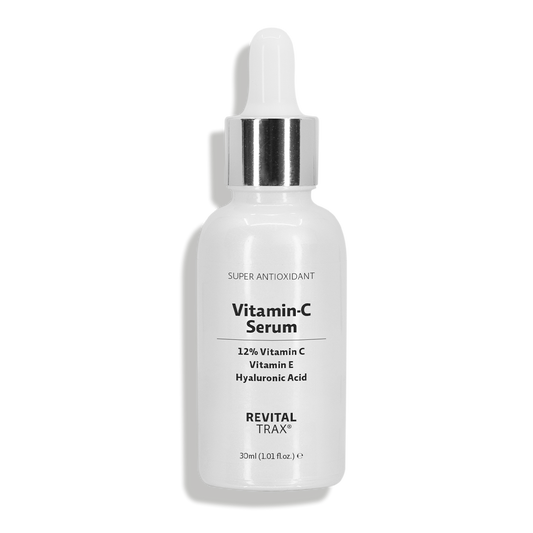

Multi-Effect Eye Cream
50 ml - Reduces puffiness, dark circles and fine lines
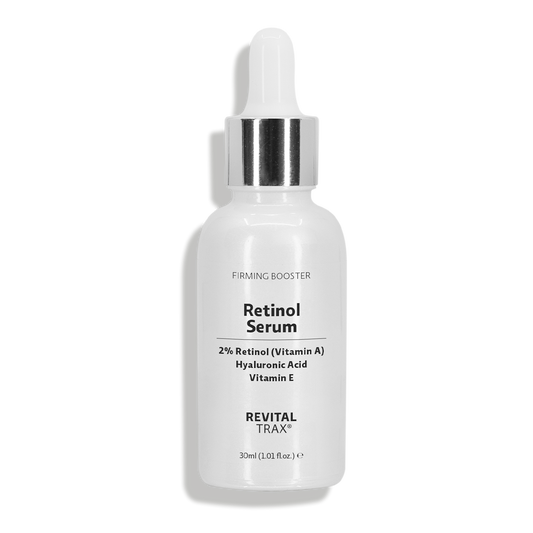
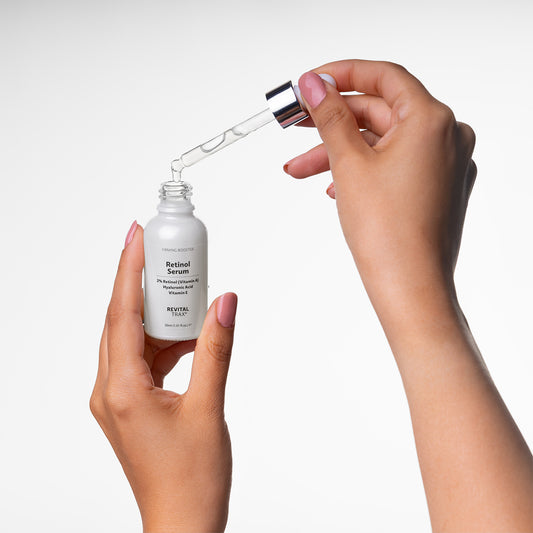
Disclaimer: It is important to consult a qualified dermatologist to determine the best treatment option for your specific situation.

